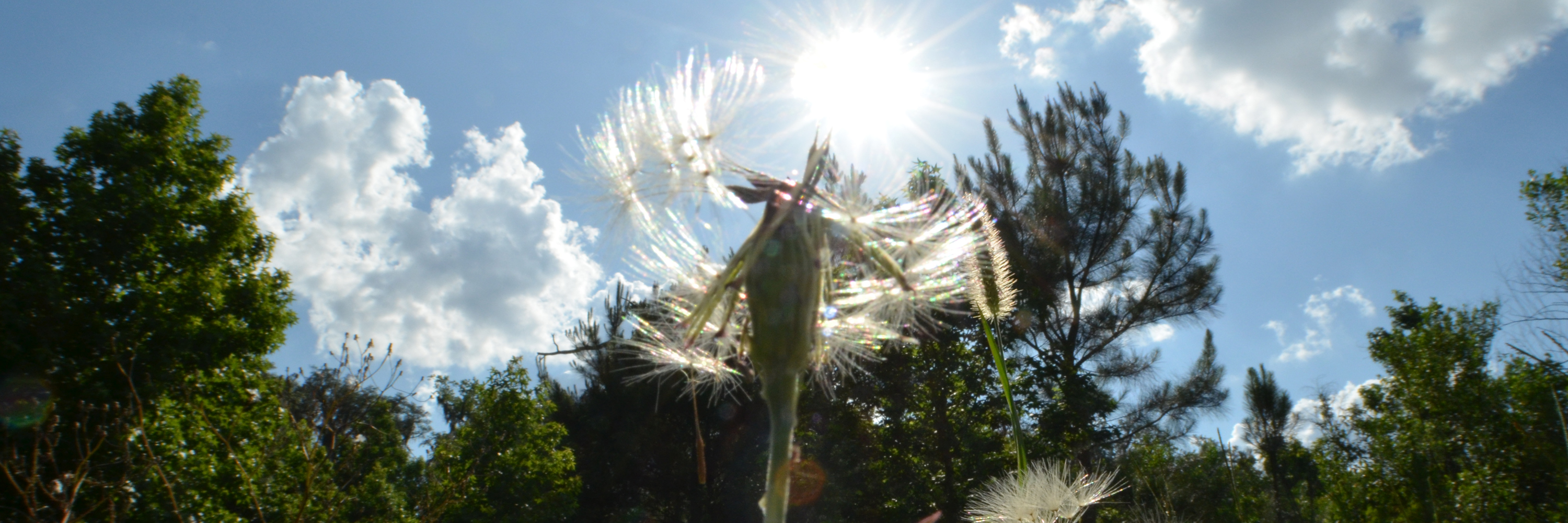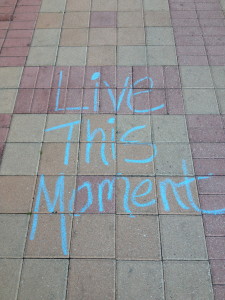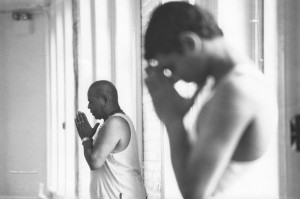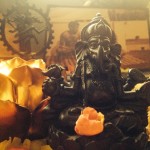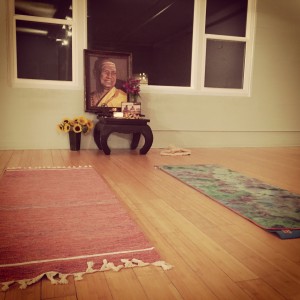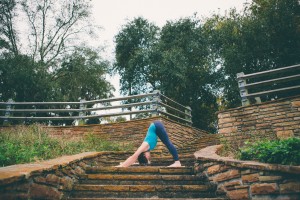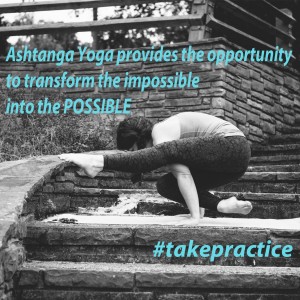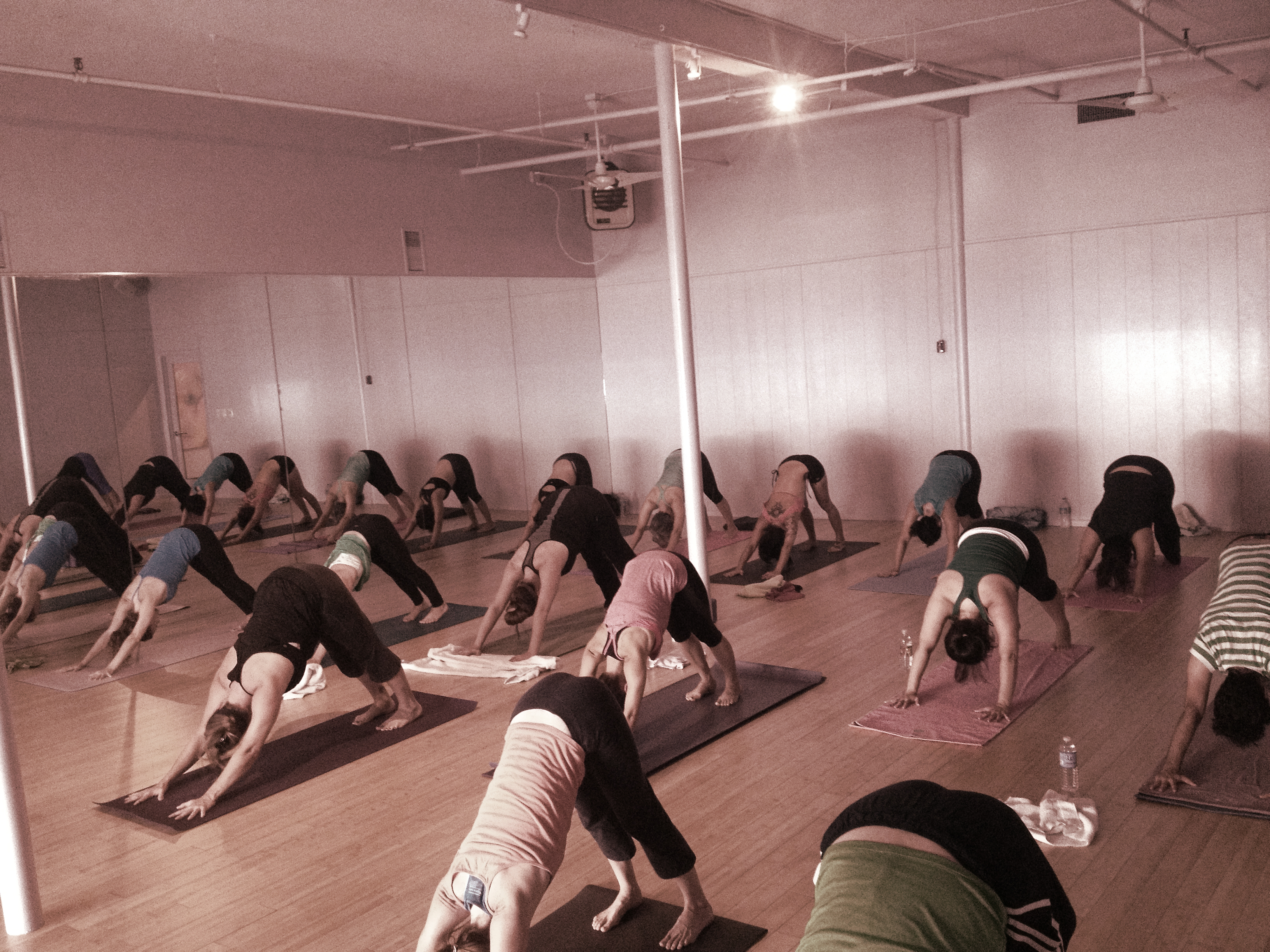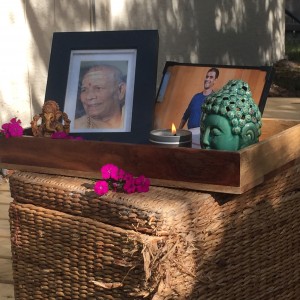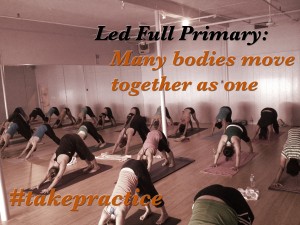To observe and practice non-violence, yogis are called to much more than simply the restraint from physical violence. Non-violence is a lifestyle and the respect for all the world and the collective journey of existence we are all participating in. In fact, Patañjali calls for an elimination of violence in thought, word and deed. That’s quite the tall order, to control your engagement with the world with such precision that you are no longer even harboring thoughts that are even remotely violent.
Original commentary on the yoga sūtras goes on to elaborate that this practice of non-violence is required every single day. We learn we can not truly embody non-violence unless it is a constant force saturating throughout our intentions, impacts and ideas.
Ahiṃsā is the tolerance and acceptance of all of the differences amongst the living creatures of the universe. As well as a respectful use and care of all non-living objects as well. Ahiṃsā is also the practice of kindness. Kindness in all of our actions, thoughts and intentions.
As we meditate on this practice of non-violence, I invite you to grab a journal and explore a couple of questions. As you journal on what comes up for you with these questions, use this as an opportunity to get to know yourself better, to see a clearer vision of you. This exploration will lead to gaining knowledge of yourself and offer you opportunities for growth and transformation.
What does it mean to you to be non-violent?
Personally, how have you identified moments in your existence where you have caused harm and what steps did you take to be accountable for that impact? How could you adapt your patterns to impact the world less violently?
Are there truly violent acts, which are considered socially acceptable? And if so, why do we accept them?
Practicing non-violence can take an infinite number of forms. It may come in the form of forgiveness, letting go of past sufferings for the sake of both you and the world around you. Or maybe it comes in the form of acknowledging the presence of the human asking for food on the street corner. It’s also possible to for our act of non-violence to be standing up and using your voice to help those whose voices are being ignored. Or it might be making choices to support the health and vitality of our planet, instead of what is convenient or familiar.
Currently, we’re exploring each of these Yamas (mahāvrata) as well as the Niyamas and trying to understand how we can start to integrate the lessons of these guidelines in our posture practice and our daily lives.
Through the lens of our practice, we can start to view our patterns and reactions as a means to known them and adapt/change them as needed. I encourage you to practice with extra care over the next few weeks and journal about your experience on and off the mat. This will give you an additional tool to process the ideas and concepts we’ll explore throughout the challenge.
Tag @bellapranayoga in each entry along with #yogafoundationschallenge and #bellapranaashtanga to be entered in a drawing to win:
- Mysore Practice Rug
- Yogi Assignment by Kino MacGregor
- 4 oz bottle of Mahanarayan Oil
- PLUS 10% off workshops with Ajay Tokas in July 2020
See the daily schedule below and follow the tag #yogafoundationschallenge on Instagram to hear experiences from our community as well as share your own. Now, you take practice 🙂
- Tuesday, January 28 – Satya, the vast extent of truthfulness
- Wednesday, January 29 – Asteya, understanding the scope of non-stealing
- Thursday, January 30 – Brahmacarya – celibacy and what it means for the yogi
- Friday, January 31 – Aparigraha – non-grasping, feeling the difference between holding and grasping
- Saturday, February 1 – Śauca – cleanliness and why it’s so important on our spiritual journey
- Sunday, February 2 – Saṃtoṣa – contentment, feeling joy everywhere
- Monday, February 3 – Tapas – self-discipline as a path toward freedom
- Tuesday, February 4 – Svādhyāya- self-study, repetition of mantras and calming the mind
- Wednesday, February 5 – Īśvara Praṇidhāna – connection to the unknown
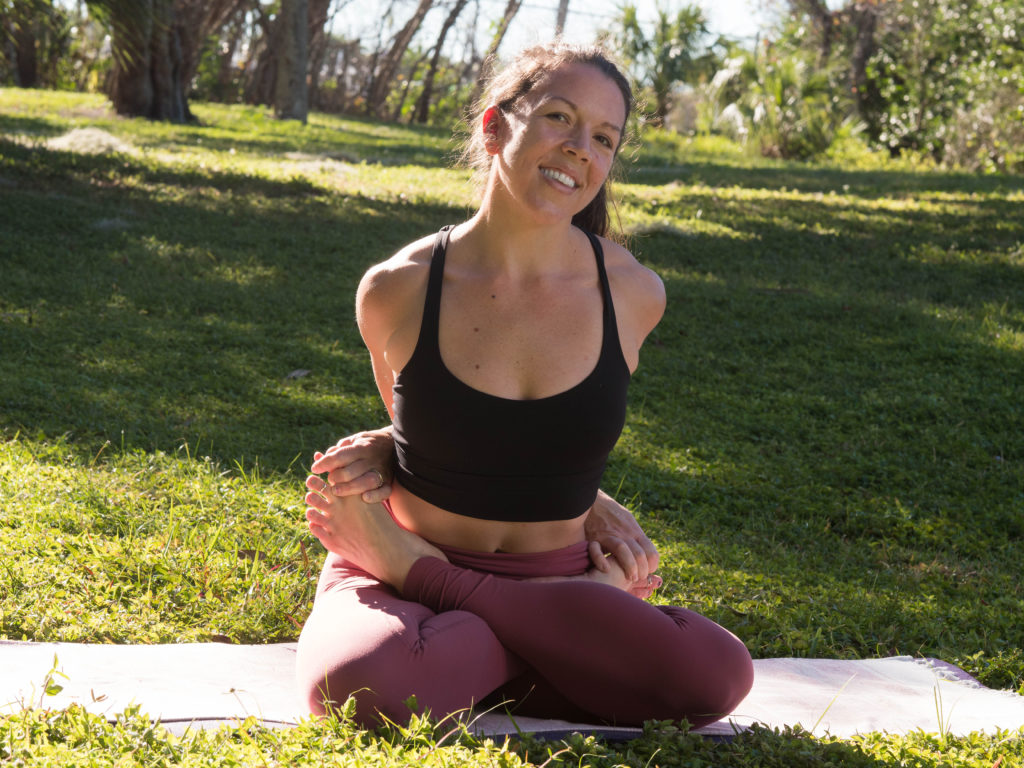
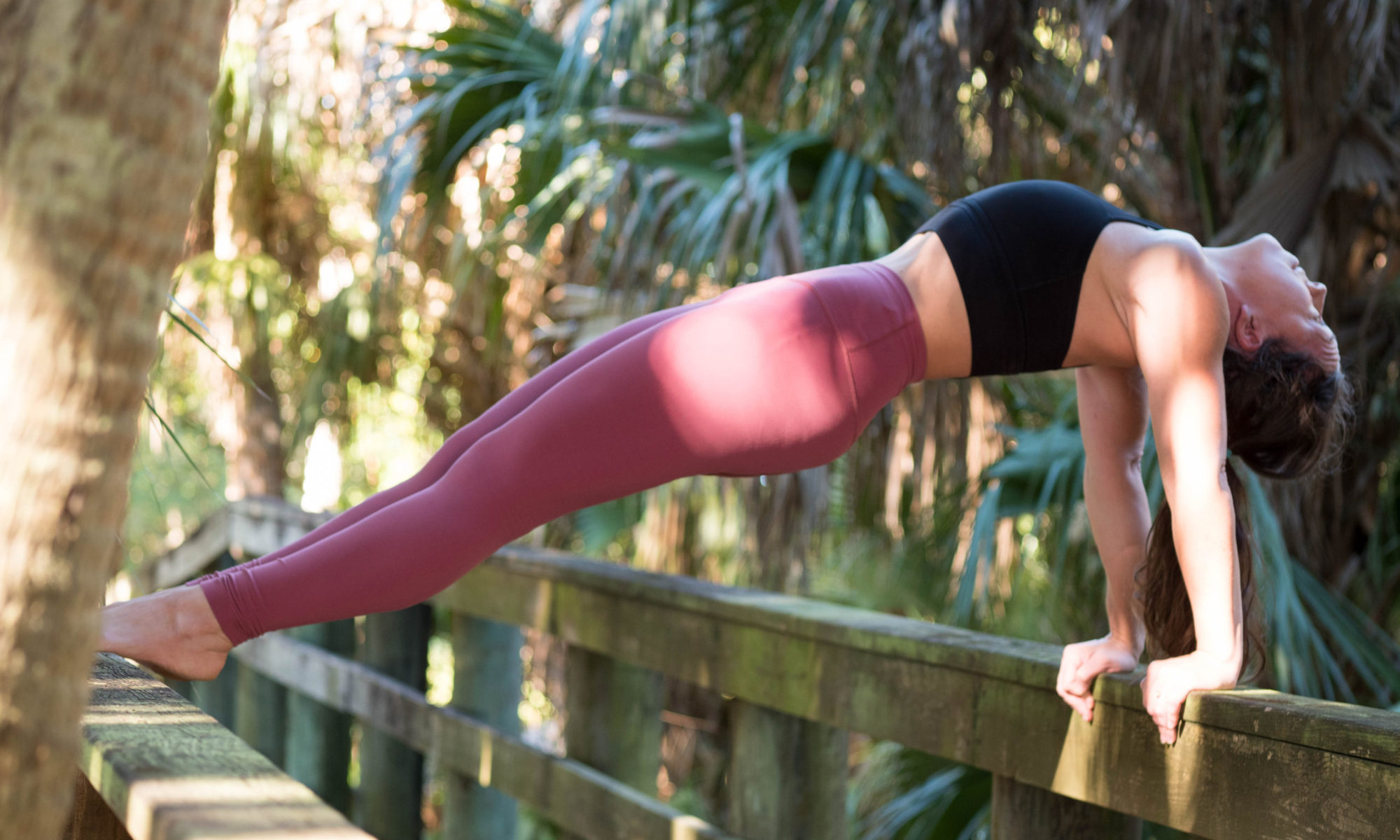
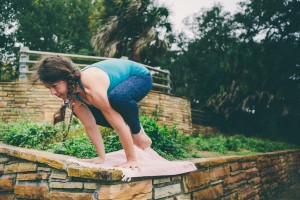

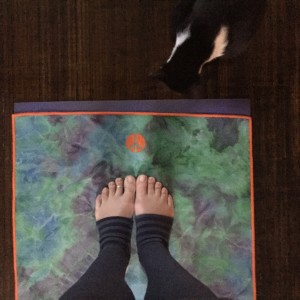
 It is recommended that women rest from their Ashtanga practice during the first trimester of pregnancy. This is a very delicate time in the gestational process and most women are guided to let their bodies lead the process without adding a strong practice to the mix. For me, this hiatus began with standard first trimester rest, and then some complications led me from voluntary rest to limited activity as ordered by my Doctor. We also had a few more bumps in the road which kept me away from my mat for another month.
It is recommended that women rest from their Ashtanga practice during the first trimester of pregnancy. This is a very delicate time in the gestational process and most women are guided to let their bodies lead the process without adding a strong practice to the mix. For me, this hiatus began with standard first trimester rest, and then some complications led me from voluntary rest to limited activity as ordered by my Doctor. We also had a few more bumps in the road which kept me away from my mat for another month. I know I will never ‘get back to where I was,’ because that moment has passed and this moment is an entirely new experience. And I also know I will once again find ease and grace on my mat, a brand new and also familiar experience in each fresh moment, and in each familiar pose. I will once again grab my heels in kapotasana, and find lightness as I drop back, it will come.
I know I will never ‘get back to where I was,’ because that moment has passed and this moment is an entirely new experience. And I also know I will once again find ease and grace on my mat, a brand new and also familiar experience in each fresh moment, and in each familiar pose. I will once again grab my heels in kapotasana, and find lightness as I drop back, it will come. 